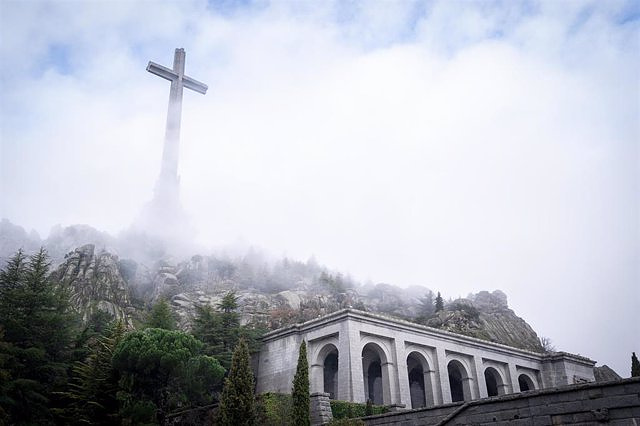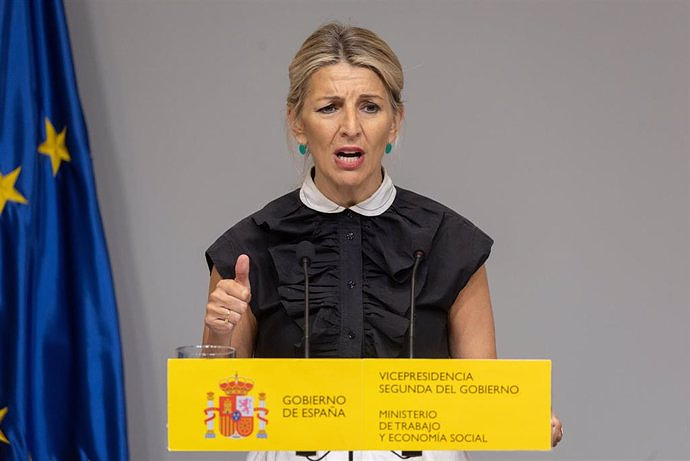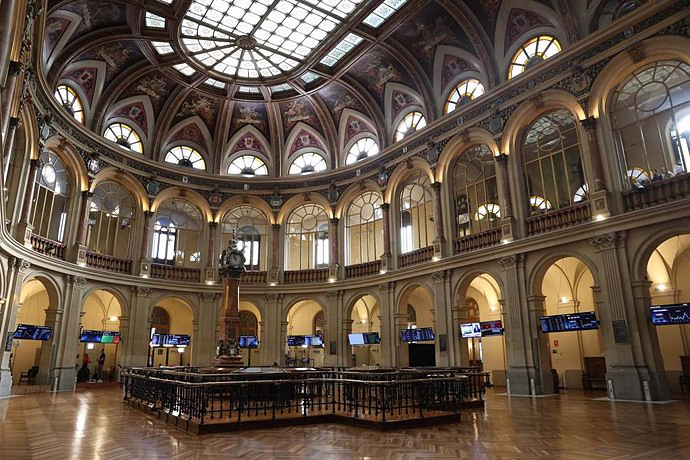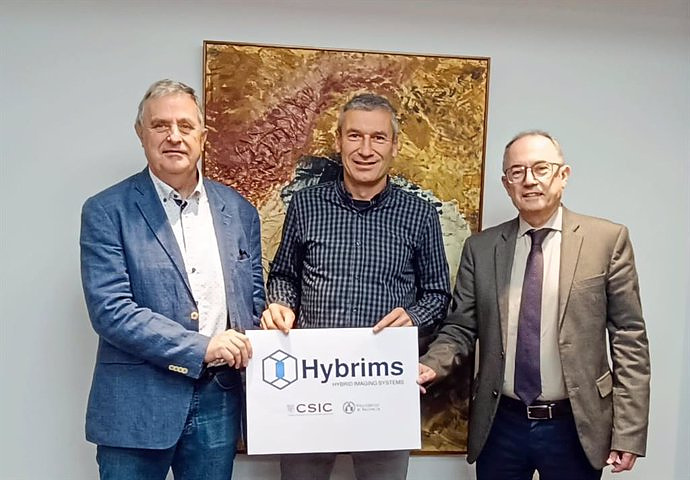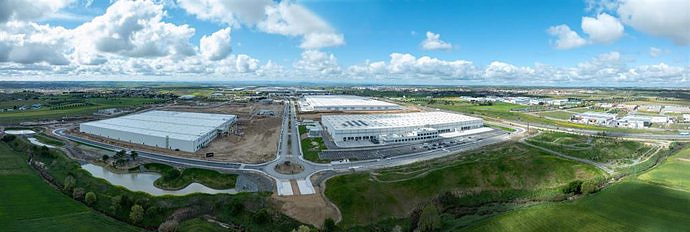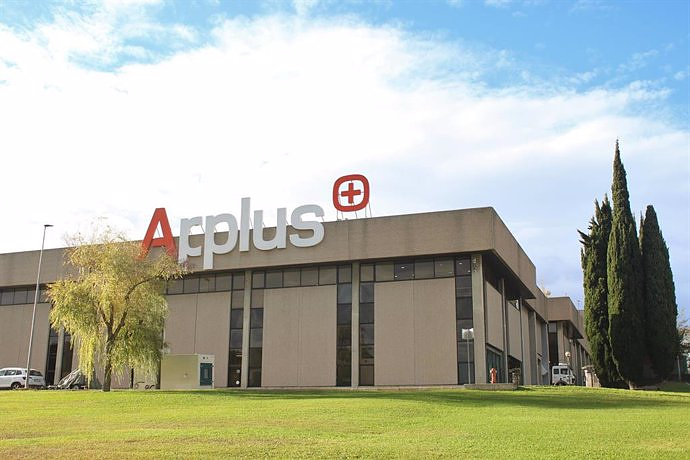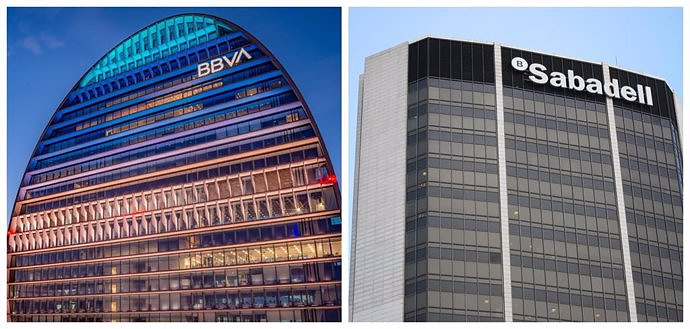This is the fifth burial of the founder of the Falange, which occurs after an agreement between his family and the Government
MADRID, 23 Abr. (EUROPA PRESS) -
The mortal remains of the founder of the Falange, José Antonio Primo de Rivera, will be exhumed tomorrow from the Valley of the Fallen and relocated in the San Isidro cemetery in Madrid. It will be his fifth burial since he was shot after being tried by the Republican authorities in 1936 in the Alicante jail, 86 years ago.
Precisely this Monday marks the 120th anniversary of the birth of the Falangist leader, on April 24, 1903, whose mortal remains will leave the Valley in compliance with the Democratic Memory Law and after an agreement with his relatives.
"It is one more step in the redefinition of the Valley," said this week the minister of the branch, Félix Bolaños, who also indicated that he would not be present during the exhumation process, which the family has asked to be carried out in the strictest privacy.
Primo de Rivera will be transferred after his family anticipated the approval of the Memory Law and requested his departure, before the Valley of the Fallen became a civil cemetery. According to the request of his relatives, he left written in his will that he wanted to be buried according to the rite of the Catholic religion "on blessed ground and under the protection of the Holy Cross."
It should be noted that Primo de Rivera, as a victim of the Civil War, has the right to remain buried in the Valley of the Fallen under the precepts of the new law. Said rule, however, prevents the presence of remains of leaders of the 1936 coup d'état, the Civil War and the Franco dictatorship in prominent places of public access.
His current tomb is located in the basilica of Cuelgamuros, next to the place where that of the dictator Francisco Franco was located, who was also transferred by decision of the Government of Pedro Sánchez in October 2019. His remains were transported by helicopter and relocated in the Mingorrubio cemetery in El Pardo.
Finally, his mortal remains will be relocated to the sacramental cemetery of San Isidro, where several relatives of the politician are already found, such as his brother Miguel Primo de Rivera and Sáenz de Heredia, who was a minister with Franco; his sister Pilar Primo de Rivera, founder of the Falange Women's Section or his uncle Fernando Primo de Rivera y Orbaneja, brother of the dictator who died in Morocco during the Rif War.
The dictator Miguel Primo de Rivera y Orbaneja, father of José Antonio, was also buried in the compound located in the Madrid district of Carabanchel, but his remains were transferred to Jerez in 1947.
The cemetery began small reconditioning works on Friday to prepare for the arrival. Specifically, those in charge of maintenance have spread sand around four of the six tombs that the Primo de Rivera saga maintains in the cemetery, tidying up their surroundings.
Predictably, several Falangist groups are going to gather in this place on Monday to receive the mortal remains of José Antonio and, according to sources from the party, they will carry out another tribute in the coming days.
This will be the fifth burial of the founder of the Falange, who was shot in the Alicante prison in 1936 and buried in a common grave. Two years later his mortal remains were placed in a niche, in the same place. Once the civil war ended, in 1939, he was exhumed again and taken from Alicante to El Escorial.
His coffin was carried on foot by Falangists for 10 days, passed through Aranjuez, traveled down Madrid's Gran Vía and entered the El Escorial monastery on November 30, 1939. There he was received by Franco and buried next to the main altar of the basilica.
Years later, in November 1959, it changed location again, the day before the Valley of the Fallen was inaugurated, and was buried in a place of honor in the Cuelgamuros basilica.

 Exploring Cardano: Inner Workings and Advantages of this Cryptocurrency
Exploring Cardano: Inner Workings and Advantages of this Cryptocurrency Seville.- Economy.- Innova.- STSA inaugurates its new painting and sealing hangar in San Pablo, for 18 million
Seville.- Economy.- Innova.- STSA inaugurates its new painting and sealing hangar in San Pablo, for 18 million Innova.- More than 300 volunteers join the Andalucía Compromiso Digital network in one month to facilitate access to ICT
Innova.- More than 300 volunteers join the Andalucía Compromiso Digital network in one month to facilitate access to ICT Innova.-AMP.- Ayesa acquires 51% of Sadiel, which will create new technological engineering products and expand markets
Innova.-AMP.- Ayesa acquires 51% of Sadiel, which will create new technological engineering products and expand markets Cos bids farewell to Congress warning that the lack of political consensus "affects economic prospects"
Cos bids farewell to Congress warning that the lack of political consensus "affects economic prospects" Two workers died and one injured when two floors collapsed in a building under construction in Fuencarral
Two workers died and one injured when two floors collapsed in a building under construction in Fuencarral The Government will wait until after the European elections to propose measures on democratic regeneration
The Government will wait until after the European elections to propose measures on democratic regeneration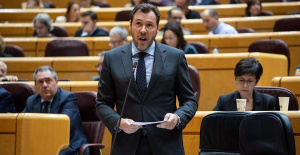 The PP sees Puente as Sánchez's "servant" and the PSOE as a "sect", and the minister accuses them of putting on a show
The PP sees Puente as Sánchez's "servant" and the PSOE as a "sect", and the minister accuses them of putting on a show How Blockchain in being used to shape the future
How Blockchain in being used to shape the future Not just BTC and ETH: Here Are Some More Interesting Coins Worth Focusing on
Not just BTC and ETH: Here Are Some More Interesting Coins Worth Focusing on They develop devices for the precise diagnosis of cancer patients
They develop devices for the precise diagnosis of cancer patients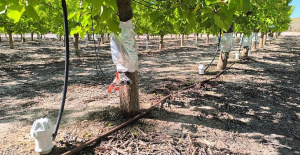 UMH researchers are working on a high-quality apricot crop that requires less irrigation water
UMH researchers are working on a high-quality apricot crop that requires less irrigation water The UPV develops an application to improve the quality of life of patients with glioblastoma
The UPV develops an application to improve the quality of life of patients with glioblastoma A sensor system obtains the fingerprint of essential oils and detects if they have been adulterated
A sensor system obtains the fingerprint of essential oils and detects if they have been adulterated A million people demonstrate in France against Macron's pension reform
A million people demonstrate in France against Macron's pension reform Russia launches several missiles against "critical infrastructure" in the city of Zaporizhia
Russia launches several missiles against "critical infrastructure" in the city of Zaporizhia A "procession" remembers the dead of the Calabria shipwreck as bodies continue to wash up on the shore
A "procession" remembers the dead of the Calabria shipwreck as bodies continue to wash up on the shore Prison sentences handed down for three prominent Hong Kong pro-democracy activists
Prison sentences handed down for three prominent Hong Kong pro-democracy activists ETH continues to leave trading platforms, Ethereum balance on exchanges lowest in 3 years
ETH continues to leave trading platforms, Ethereum balance on exchanges lowest in 3 years Investors invest $450 million in Consensys, Ethereum incubator now valued at $7 billion
Investors invest $450 million in Consensys, Ethereum incubator now valued at $7 billion Alchemy Integrates Ethereum L2 Product Starknet to Enhance Web3 Scalability at a Price 100x Lower Than L1 Fees
Alchemy Integrates Ethereum L2 Product Starknet to Enhance Web3 Scalability at a Price 100x Lower Than L1 Fees Mining Report: Bitcoin's Electricity Consumption Declines by 25% in Q1 2022
Mining Report: Bitcoin's Electricity Consumption Declines by 25% in Q1 2022 Oil-to-Bitcoin Mining Firm Crusoe Energy Systems Raised $505 Million
Oil-to-Bitcoin Mining Firm Crusoe Energy Systems Raised $505 Million Microbt reveals the latest Bitcoin mining rigs -- Machines produce up to 126 TH/s with custom 5nm chip design
Microbt reveals the latest Bitcoin mining rigs -- Machines produce up to 126 TH/s with custom 5nm chip design Bitcoin's Mining Difficulty Hits a Lifetime High, With More Than 90% of BTC Supply Issued
Bitcoin's Mining Difficulty Hits a Lifetime High, With More Than 90% of BTC Supply Issued The Biggest Movers are Near, EOS, and RUNE during Friday's Selloff
The Biggest Movers are Near, EOS, and RUNE during Friday's Selloff Global Markets Spooked by a Hawkish Fed and Covid, Stocks and Crypto Gain After Musk Buys Twitter
Global Markets Spooked by a Hawkish Fed and Covid, Stocks and Crypto Gain After Musk Buys Twitter Bitso to offset carbon emissions from the Trading Platform's ERC20, ETH, and BTC Transactions
Bitso to offset carbon emissions from the Trading Platform's ERC20, ETH, and BTC Transactions Draftkings Announces 2022 College Hoops NFT Selection for March Madness
Draftkings Announces 2022 College Hoops NFT Selection for March Madness